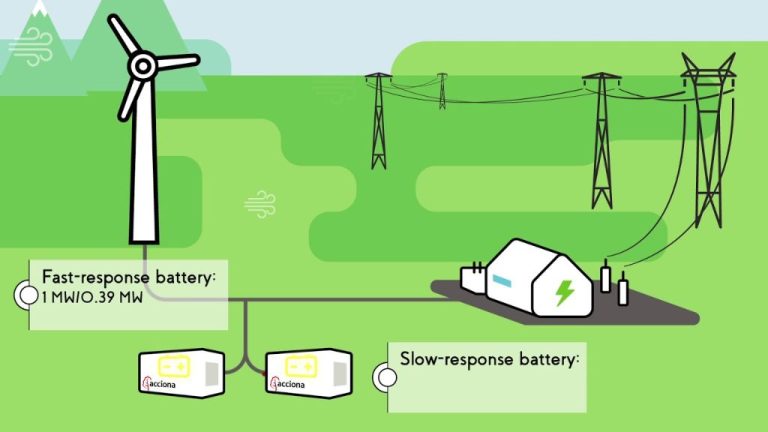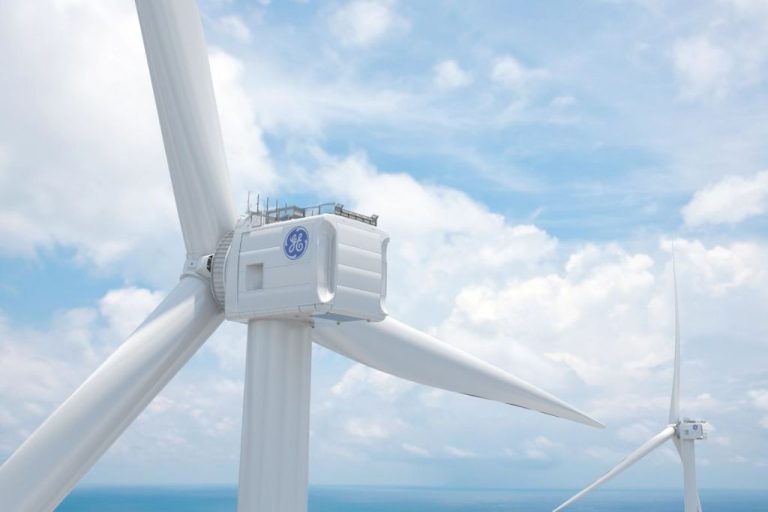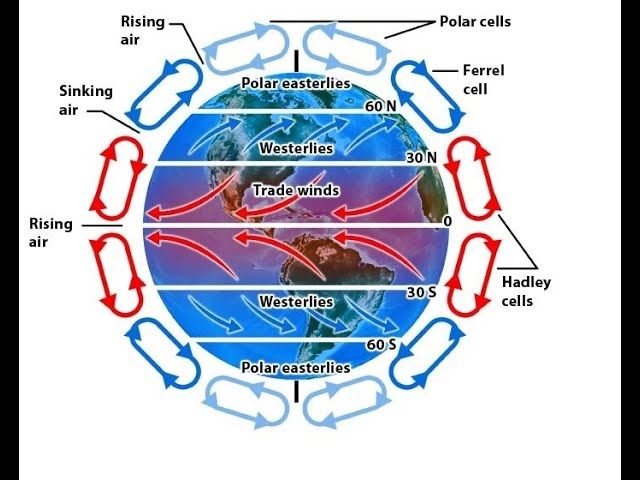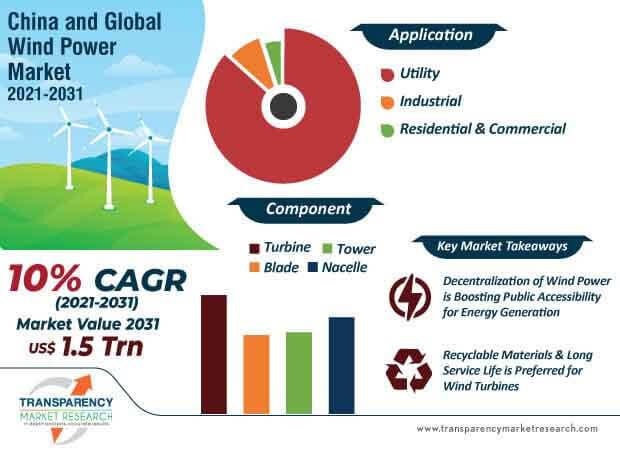Which Of The Following Cannot Be Considered As Active Solar Power?
Solar power has seen rapid growth and adoption around the world in recent years. As concerns about climate change and energy security rise, many countries are turning to solar power as a clean, renewable source of energy that can help reduce dependence on fossil fuels. Active solar power technologies directly convert sunlight into usable forms of energy such as heat or electricity.
Active solar power systems distinguish themselves from passive solar design, which focuses more on site selection, building orientation, and construction materials to minimize energy consumption. Active solar power technologies require the use of electrical or mechanical components to collect and convert sunlight. The key characteristics of active solar power are:
- Directly converts sunlight into usable energy forms like heat and electricity
- Employs technologies like photovoltaic panels and solar thermal collectors
- Uses electrical or mechanical equipment to absorb and transform solar energy
- Distinguished from passive solar design which utilizes building orientation, materials, etc. to minimize energy needs
Some of the major active solar power technologies include photovoltaics, solar thermal energy, concentrated solar power, and experimental technologies like solar chimneys.
Photovoltaics
Photovoltaics (PV) refers to solar panels made up of solar cells that convert sunlight directly into electricity. PV cells are made of semi-conductor materials such as silicon that release electrons when exposed to photons from sunlight. The PV cell has both a positive and negative layer, forming an electric field. When sunlight hits the solar cell, the photons transfer their energy to the electrons in the negative layer, freeing them to flow through an external circuit and produce electric current.
There are a few main types of PV panels based on the materials used:
- Monocrystalline silicon – Made of single crystalline silicon, these are the most efficient but also most expensive panels.
- Polycrystalline silicon – Made of multiple silicon crystals, slightly less efficient but cheaper than monocrystalline.
- Thin-film – Made by depositing photovoltaic material on substrates like glass or plastic. Less efficient but cheaper and more flexible.
- Organic PV – Made of organic semiconductor materials like plastics. Lower efficiency but inexpensive and easy to manufacture.
Solar Thermal
Solar thermal systems utilize heat from the sun to generate energy. These systems rely on solar collectors, often mounted on rooftops, that absorb sunlight and convert it into thermal energy. This heat is then transferred to a fluid, often water or antifreeze, that flows through pipes in the collector. The heated fluid can then be used for various applications that require hot water or air.
One of the most common uses of solar thermal technology is for heating water in homes and businesses. Solar water heating systems can significantly reduce the amount of electricity or natural gas needed to generate domestic hot water. The solar-heated fluid flows from the collectors into a storage tank where the thermal energy warms up the water. This hot water can then be used for showers, dishwashers, laundry, and other needs. Solar thermal systems can provide over half of the hot water demand in many climates.
In addition to hot water production, solar thermal systems can also provide space heating in some cases. The heated fluid can circulate through radiators or under-floor heating systems to warm interior spaces. Solar thermal heating is more efficient for heating swimming pools as well since pools need lower temperature water. Solar thermal technology can even be used for certain industrial processes, agriculture applications, and desalination in some instances.
Concentrated Solar Power
Concentrated solar power (CSP) uses mirrors or lenses to concentrate sunlight onto a small area, which generates high temperatures that can be used to produce electricity. Unlike photovoltaics that directly convert solar energy to electricity, CSP uses concentrated sunlight to heat a fluid that drives a turbine and generates power through a steam generator.
There are four main types of CSP plants:
- Parabolic trough systems use curved, mirrored troughs that align with the sun and reflect sunlight onto a receiver tube filled with fluid. The heated fluid flows through heat exchangers to produce steam for power generation.
- Solar power towers (also called central tower power plants) use thousands of flat movable mirrors (called heliostats) to focus sunlight onto a receiver at the top of a tower. The concentrated sunlight heats molten salt flowing through the receiver which then transfers its heat to generate steam.
- Parabolic dish systems are made up of a parabolic dish of mirrors that concentrate sunlight onto a receiver at the focal point. The receiver absorbs the heat and transfers it to an engine generator.
- Fresnel reflectors use long, thin segments of flat or slightly curved mirrors mounted at different angles to collect and concentrate sunlight onto elevated receivers.
Concentrated solar power plants allow energy storage by heating a thermal storage medium like molten salt during times of sunlight. This thermal energy can then generate steam and electricity even during hours without sunlight. CSP plants also often use hybrid fossil fuel generators as a backup.
Stirling Engine
A Stirling engine is a heat engine that operates by cyclic compression and expansion of air or other gas at different temperatures, resulting in a net conversion of heat energy to mechanical work. Stirling engines use an external heat source, which can be concentrated sunlight, to heat and expand the working fluid in a closed regenerative thermodynamic cycle with high thermal efficiency.
In a Stirling engine, a concentrated solar dish or mirror reflects and focuses sunlight onto the hot side of the engine’s heat exchanger. This concentrated heat is used to expand and displace the working gas (often helium or hydrogen). The expansion of gas does mechanical work by pushing the pistons and creating rotational motion to run a generator or other mechanical devices. The movement of the pistons keeps the gas flowing continuously between the hot and cold heat exchangers.
On the cold side of the engine, cooling fins or a liquid cooling system removes heat from the gas, causing it to contract. The contraction creates a vacuum that pulls the pistons. Therefore, the Stirling engine converts heat from concentrated sunlight into mechanical power in a closed regenerative thermodynamic cycle. Unlike steam engines, no water or fossil fuels are consumed. Stirling engines can achieve high thermal efficiencies up to 40% in converting heat energy from concentrated sunlight into usable electricity.
Solar Chimney
Solar chimneys, also known as solar updraft towers, are large structures designed to generate electricity from solar power using an interesting method. They rely on the chimney effect and convection currents to allow hot air to rise within a tall, vertical tower and drive wind turbines at the base of the tower. Here is how solar chimneys work in more detail:
A large circular greenhouse or transparent roof surrounds the base of the solar chimney tower. This allows sunlight to heat the air beneath it, causing the air to become less dense than the ambient air. The density difference creates an updraft in the tower. As the hot air rises in the chimney, its kinetic energy drives the wind turbines placed at the base of the tower, generating electricity.
The simple and effective process takes advantage of basic physics – solar irradiance heats the air, the hot air becomes less dense, rises in the tower, and the convection current of airflow drives the turbines. Solar chimneys can generate power even during the night due to the heat retained in the ground beneath the greenhouse roof. Overall, solar chimneys provide a straightforward way to harness solar power through convection and airflow.
Photoelectrochemical Cell
A photoelectrochemical cell (PEC) is an emerging solar technology that uses light energy to split water molecules and produce hydrogen fuel. PEC cells are made of semiconductor materials that can absorb photons from sunlight and use the energy to power electrochemical reactions.
In a PEC cell, the semiconductor is coated with a catalyst and immersed in water. When sunlight shines on the semiconductor, it energizes electrons. These energetic electrons are transferred to the catalyst layer, where they participate in the water-splitting reaction:
2H2O + 2e- → 2OH- + H2
The hydrogen ions (H+) combine to form hydrogen gas (H2), while the hydroxide ions (OH-) combine with the oxygen that is produced to form water again. This completes the cycle, resulting in the overall splitting of water into hydrogen and oxygen.
The hydrogen gas can then be collected and used as a clean fuel source. When burned or used in a fuel cell, the hydrogen combines with oxygen again to release energy, with water as the only byproduct. PEC cells thus provide a sustainable way of producing storable and renewable hydrogen fuel using sunlight.
Research is ongoing to find inexpensive semiconductor materials that can efficiently absorb sunlight and drive the water-splitting reaction. PEC cells have potential as a clean energy technology but still face challenges in stability, efficiency and scalability before wide deployment.
Comparative Analysis
When comparing the different active solar power technologies, there are a few key factors to consider:
Efficiency – This measures how much of the sun’s energy can be converted into usable electricity. The most efficient technologies are photovoltaics (with lab efficiencies over 40%) and concentrated solar power (with commercial plant efficiencies around 20-35%). Solar thermal and Stirling engines have lower efficiencies around 15-25%.
Cost – Photovoltaics have seen massive cost declines in recent years and are now the cheapest form of solar electricity in many markets. Concentrated solar power remains more expensive due to the higher complexity. Stirling engines are relatively inexpensive but have niche applications.
Scalability – Photovoltaics can be deployed at any scale, from rooftop systems to massive solar farms. Concentrated solar and solar thermal plants require larger installations to be economical, typically at least 10-50 MW in capacity. Stirling engines are smaller-scale.
Storage Capability – Concentrated solar power often incorporates thermal energy storage, allowing electricity production to continue even when the sun isn’t shining. Thermal storage provides an advantage over intermittent PV and wind. Photovoltaics typically need batteries for storage.
Water Usage – Concentrated solar power uses significant amounts of water for cooling and steam generation. Photovoltaics and Stirling engines require minimal water usage in operation. Solar thermal plants can also use water for heat transfer.
In summary, each solar technology has pros and cons based on the application. Photovoltaics excel at modular, distributed electricity generation. Concentrated solar power works best for large, centralized solar projects with built-in storage. Solar thermal applications are rather niche today. Stirling engines have advantages for off-grid and remote power but low overall capacity.
Passive Solar Power
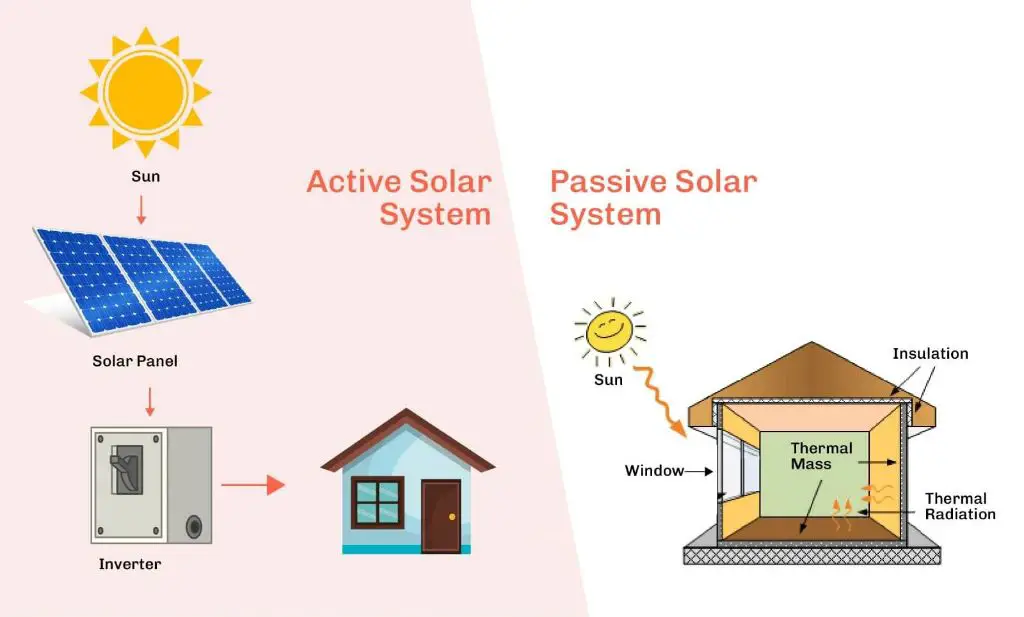
Passive solar power involves harnessing sunlight through solar architecture and design elements, rather than active mechanical systems. This allows buildings to capture heat and light from the sun to reduce reliance on other energy sources for heating, cooling and lighting.
Some examples of passive solar design include:
- Strategic window placement to maximize solar gain
- Thermal mass materials like concrete or tiles to absorb and slowly release heat
- Overhangs or shading devices to block summer sun but allow winter sun
- Skylights and light tubes to bring natural light into interior spaces
- Passive solar orientation to align buildings on an east-west axis
- High levels of insulation to reduce heat loss
- Natural ventilation from operable windows or vents
By incorporating these and other passive solar techniques, buildings can take advantage of sunlight and reduce energy consumption while maintaining occupant comfort and satisfaction. This makes passive solar a clean, sustainable approach to solar power, without the need for mechanical systems and components.
Conclusion
In this article, we discussed several different types of active solar power technologies including photovoltaics, solar thermal, concentrated solar power, Stirling engines, solar chimneys, and photoelectrochemical cells. Each of these technologies harness the sun’s energy in different ways to generate electricity or heat.
Photovoltaics convert sunlight directly into electricity using solar panels. Solar thermal technologies use mirrors or lenses to concentrate sunlight to heat up a transfer fluid to create steam to drive a turbine. Concentrated solar power systems also use mirrors and lenses with a central receiver to produce steam. Stirling engines use a solar dish and mirrored concentrators to heat up gas inside the engine to move pistons and generate power. Solar chimneys utilize a tall, hollow tower surrounded by a greenhouse to heat air that rises up through the tower and drives turbines. Photoelectrochemical cells use a semiconductor material to convert sunlight into an electric current.
As we look to the future, active solar power holds great potential to provide clean, renewable energy around the world. With many of these technologies improving in efficiency and cost effectiveness, we are likely to see continued growth and expanding applications for active solar power systems in the coming years.

